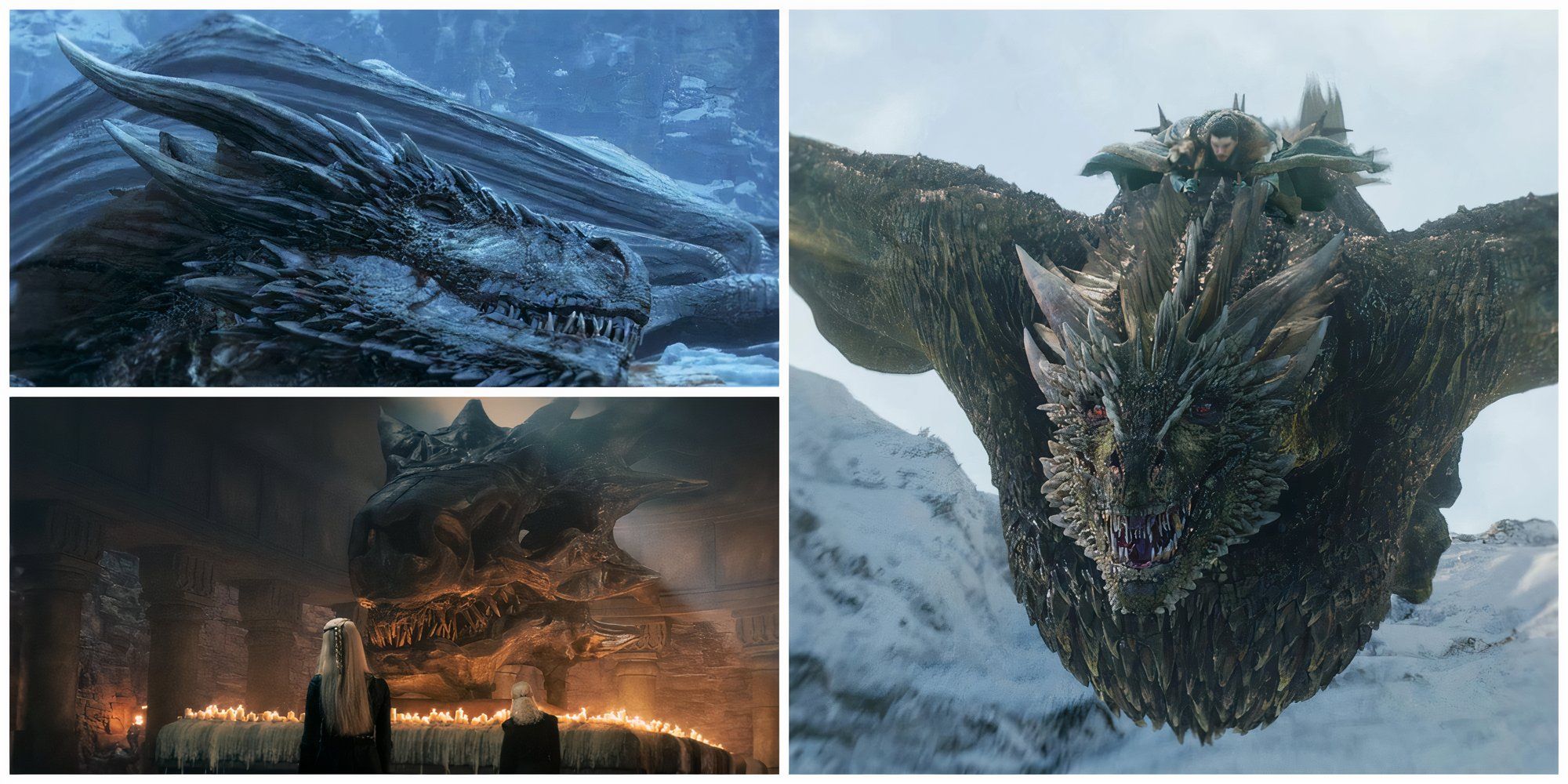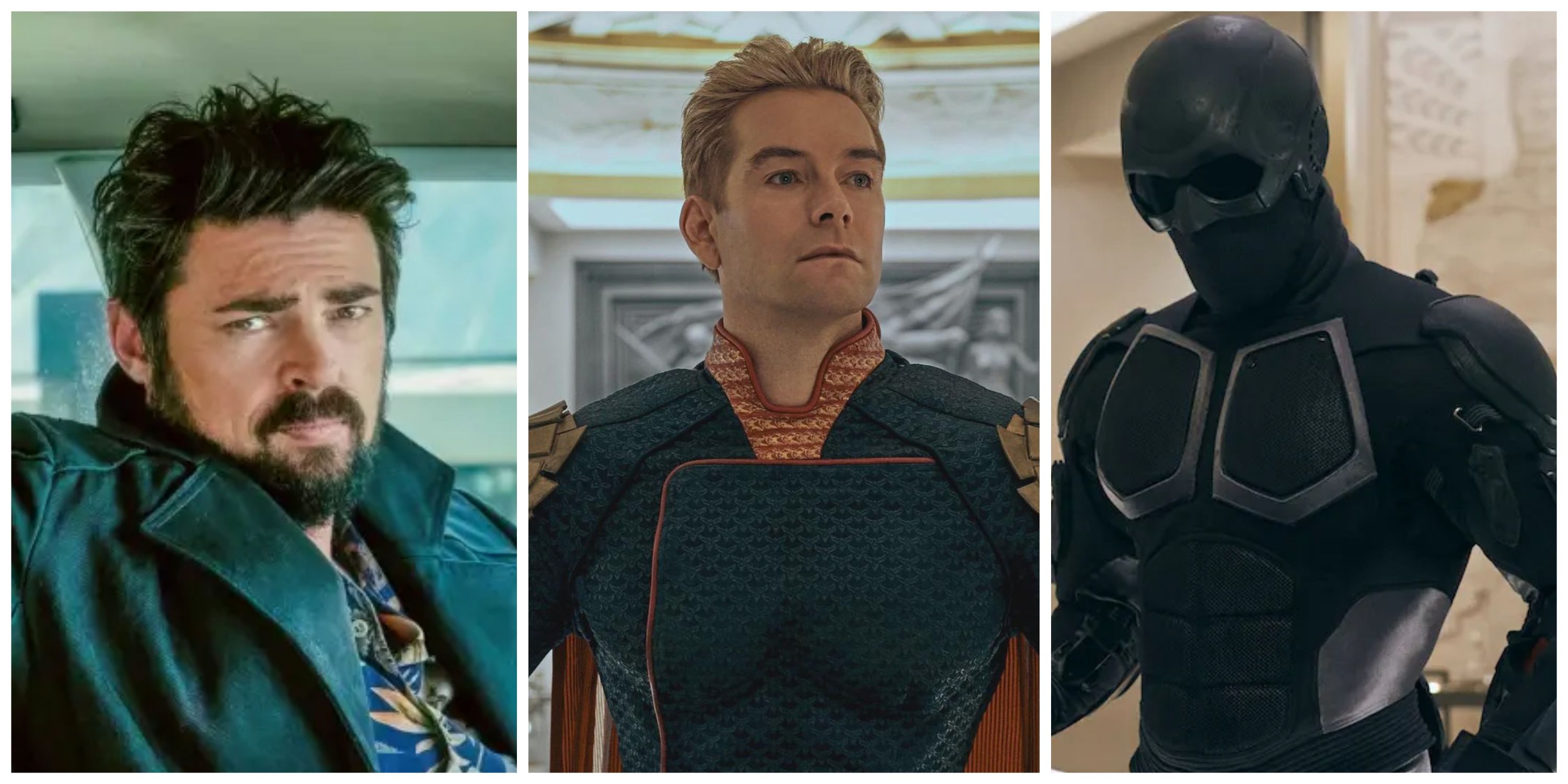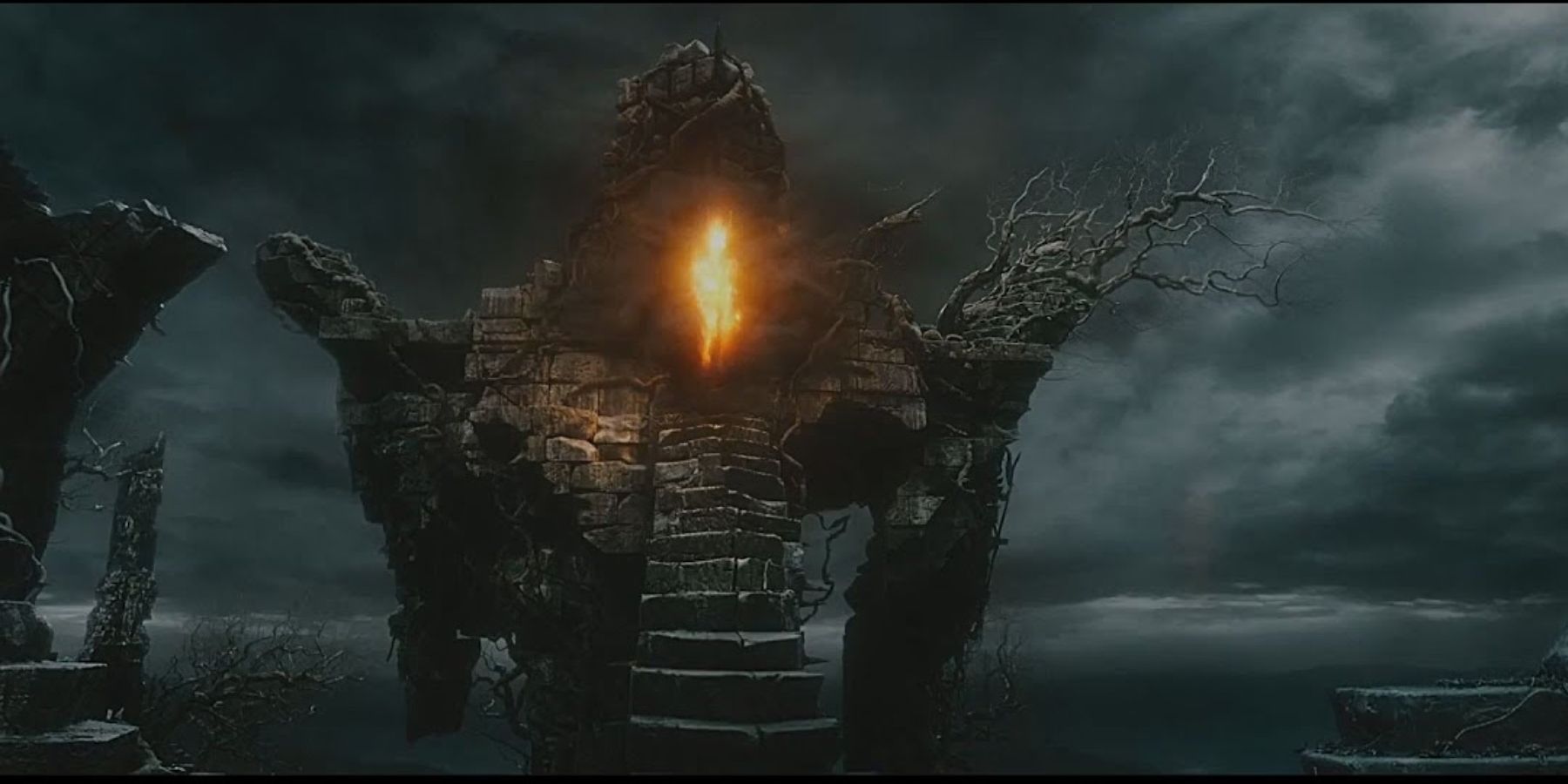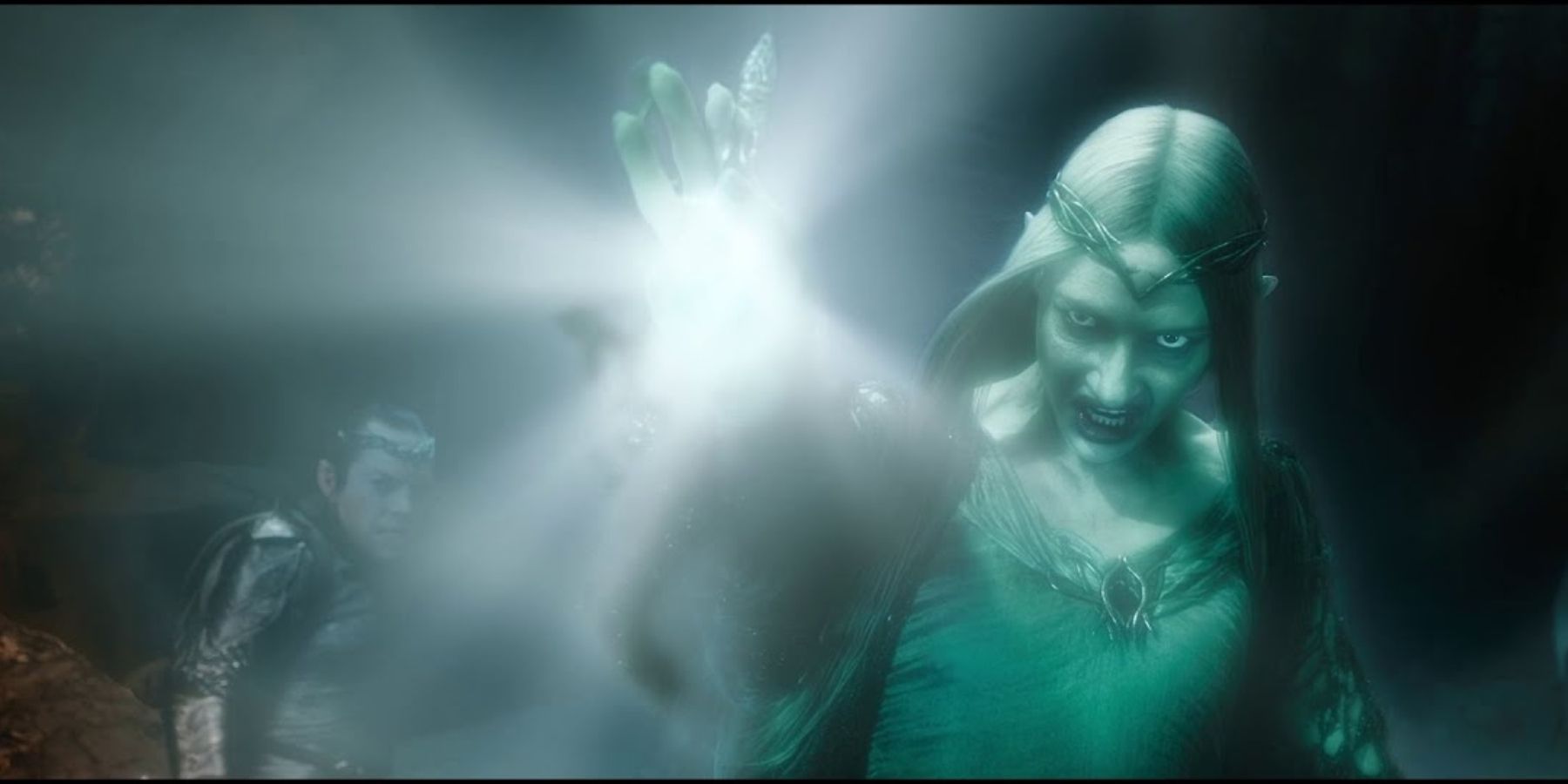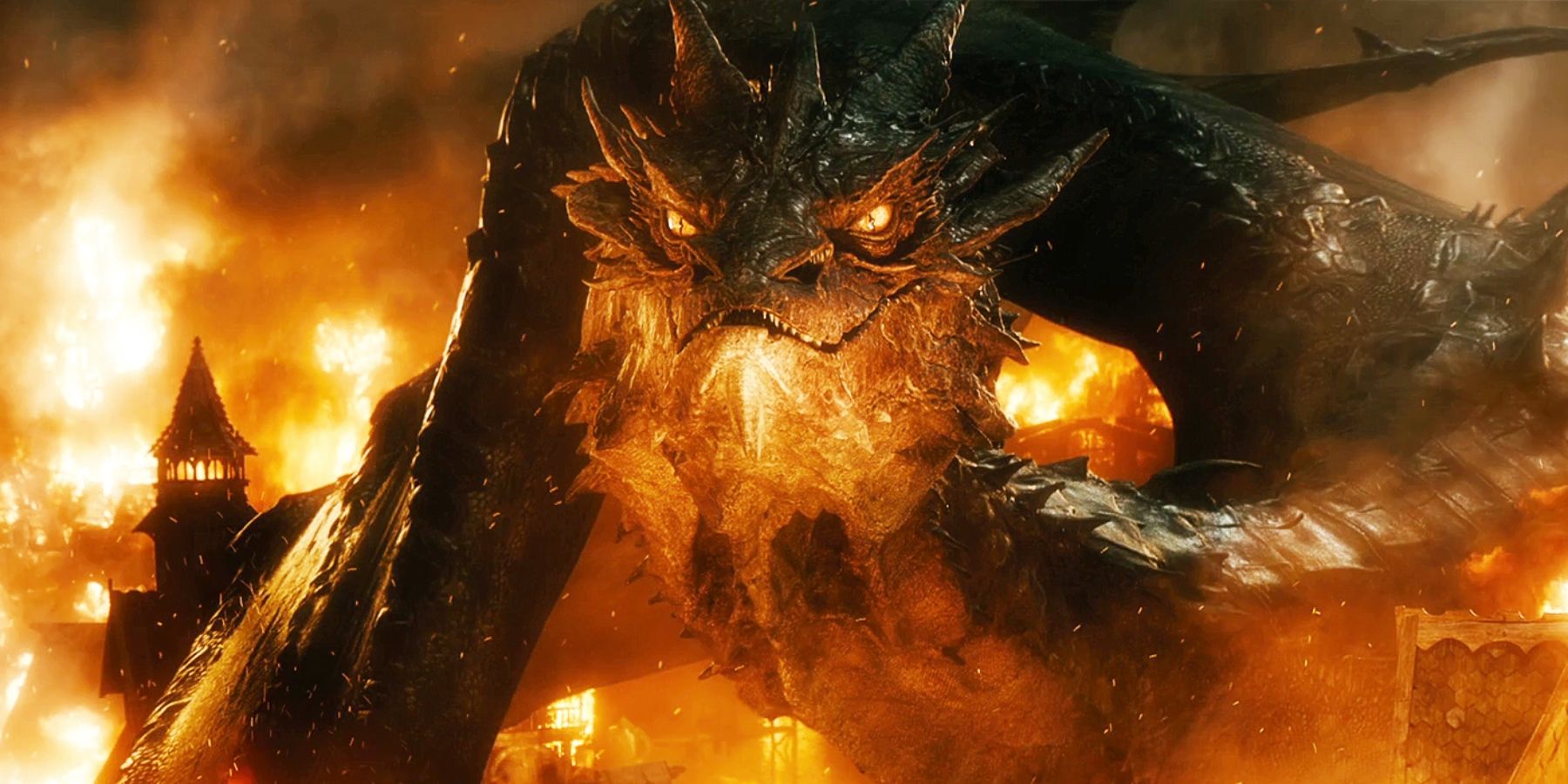There are many fantastical lands in the vast works of J.R.R. Tolkien. Peter Jackson’s film adaptations only scratch the surface, bringing memorable places like The Shire, Lothlorien and Rivendell. But the famous director also created many extended scenes, epic battles, characters, and places that weren’t in the books, and the Sea of Ruin is one of them. It was never actually included in The Hobbit trilogy, despite some extensive set building, filming, and a major plot point. These all were originally intended to add wider context into Gandalf’s journey, and why it takes him so long to reunite with the dwarves, who are battling for their lives against Smaug in Erebor.
In fact, the entire journey that Gandalf takes, including his venture into the tombs in Angmar, his epic battle alongside the White Council, and his confrontation involving Thrain and the Necromancer, are all added details into the films. In the books, readers are only told that Gandalf departs from the dwarven company on the edges of Mirkwood, before they are captured by Thranduil. He departs because he has other business to attend to, but it is never specified what that business is, and many fans found Jackson’s elaborate rendition of Gandalf’s private mission to be far too contentious. However, this secret mission of the gray wizard would have been extended a lot further, had the Sea of Ruin been kept it the movies.
The scene was set to take place after the moment when the White Council faces off against the spirits of the nine Ring Wraiths and the Necromancer, who is later revealed to be Sauron himself. The group come scarily close to an awful death, until lady Galadriel, who has often been believed to be one of the most powerful being in Middle Earth, rises up and banishes the dark lord with the light of Elendil. In doing so, she sends his essence flying across the sky, weakening herself to the point of collapse, but ridding them of imminent danger. From here, Sauron is believed to flee back to Mordor, where he begins to regroup and amass his army, ready for the War of the Ring that is portrayed in Frodo’s own adventure 60 years later. But this is not how the scene was originally scripted to end in the film.
Initially, Gandalf was intended to pursue Sauron, chasing him across the lands in an epic game of cat and mouse between the two formidable foes. Sauron’s spirit would always manage to craftily evade the other maiar until Gandalf managed to corner him in the Sea of Ruin. The set was built to look like a petrified landscape, a desert ocean of sorts, that spanned miles and miles, with large looming structures that shot upwards as if created by some explosive force. It was as if the land itself had suffered some great trauma, and was frozen in time and space by the harrowing events that had occurred there. It made the perfect backdrop for Gandlaf and Sauron’s confrontation, and for Sauron to let slip some of his evil plans, giving Gandalf a brief glimpse into the fate that could befall Middle Earth if this terrible monster was not stopped.
After this point, Sauron would eventually escape, leading him back to Mordor. This would leave Gandalf to rush to the aid of the dwarves and Bilbo, finally realizing the full extent of the danger that they, and the world, are now in. The bleak landscape of the Sea of Ruin was made to mirror the bleak future that would befall the beautiful world if Sauron gained dominion, turning everything green and living to ash and sand.
In the end, it was decided that the scene was too trivial in comparison to the rest of the story, and that it would be a more powerful end to have the beautiful Galadriel banishing the dark lord as the final mention of him until the Lord of the Rings. Instead, they decided to simplify it, and have the (at the time) heroic leader of the council Saruman the White say “Leave him to me.” This was, in many ways, very clever, because it set the scene for Saruman to begin researching the dark lord and his rings of power, which is what causes the White wizard to be ensnared and lead astray by the time of the Lord of the Rings.
Although this may seem like a flat ending to an epic scene, and that perhaps the Sea of Ruin would have better matched the scale and the magnitude of the moment, it also may have had the potential to feel like another wild addition that was completely unnecessary. Sometimes, less is more, and Jackson certainly could have kept this in mind throughout many of the elaborations he created in his adaptations.

